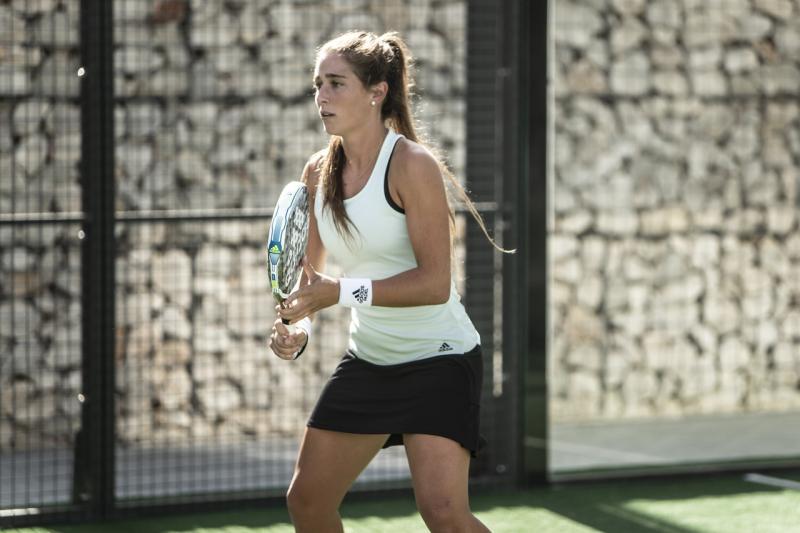Pickleball has a fascinating backstory that many people don’t know about. It all began in 1965 on Bainbridge Island, Washington, when three dads—Joel Pritchard, Bill Bell, and Barney McCallum—were looking for a way to keep their kids entertained during the summer. With a few basic items, they created a new game that would soon become a favorite pastime for many.
Using a badminton court, some old ping-pong paddles, and a perforated plastic ball, the trio set up a simple layout. They quickly started playing, adjusting the rules and equipment as they went along. The game was such a hit that they decided to play it every day! Word spread, and soon enough, their families and neighbors joined in on the fun.
As the game evolved, it picked up some unique features. The name "pickleball" is said to have come from Pritchard's dog, Pickles, who would chase after the ball during games. It stuck, and the name has brought a smile to many faces ever since. Over the years, pickleball history saw the development of official rules and equipment that we recognize today.
By the 1970s, pickleball was gaining popularity beyond Washington State. Schools, community centers, and retirement communities began incorporating the game into their recreational programs. Fast forward to today, and it's a vibrant sport enjoyed by people of all ages across the globe!
Growth of the Game
Pickleball history is quite an interesting journey! It all started back in 1965 when three dads—Joel Pritchard, Bill Bell, and Barney McCallum—just wanted to entertain their kids. They threw together some old ping-pong paddles, a perforated plastic ball, and a makeshift net. Little did they know, they were creating a sport that would take the world by storm!
As time went on, more people began catching on to the fun. By the 1970s, pickleball was gaining popularity in Washington state and started appearing in local parks. It wasn't long before tournaments were organized, and players from all over began to compete. This growth in pick-up games and competitions helped shape the pickleball community, making it more accessible for anyone wanting to join in.
The pickleball craze exploded in the 2000s, with more players, clubs, and courts popping up across the United States. Schools started including it in their physical education programs, which helped introduce it to younger generations. By then, it was clear that pickleball history wasn’t just about fun; it was becoming a legitimate sport!
Now, pickleball is played by millions worldwide! It’s easy to pick up, fun to play, and suitable for all ages and skill levels. With its vibrant community and enthusiastic players, the game continues to grow, introducing more people to its unique blend of tennis, badminton, and ping-pong. Each match brings joy and laughter, making it a cherished part of the pickleball history tapestry.
Key Moments in Pickleball
Pickleball history has a few key moments that really shaped the game we know and love today. It all kicked off in 1965 when three dads—Joel Pritchard, Bill Bell, and Barney McCallum—decided to create a sport that their kids could enjoy. They started with a basic setup in their backyard, using some old ping-pong paddles and a perforated plastic ball. Just like that, pickleball was born!
Fast forward to the 1970s, and pickleball started to gain traction. The first official rules were established in 1972, which made it easier for others to play and enjoy the game. Around this time, the first pickleball tournament was held in Washington state, paving the way for competitive play and attracting more players and fans. Those early tournaments brought together folks of all ages, showcasing how inclusive the game could be.
In the 1980s, pickleball history took another leap forward when it began to spread across the United States. More and more communities started building dedicated pickleball courts, and organizations to promote the sport were formed. By this time, pickleball wasn't just a backyard activity; it was becoming a beloved pastime in schools, parks, and retirement communities, showing just how versatile and fun the game could be.
As we reached the 21st century, pickleball continued to soar in popularity. The formation of the USA Pickleball Association in 2005 helped unify the sport, laying down guidelines and organizing more tournaments. Today, we’re seeing pickleball leagues pop up everywhere, from small towns to big cities, and it’s clear that pickleball history is still being written!
Pickleball Today and Its Future
Pickleball has really taken off in recent years. Once a niche sport, it now boasts millions of players across the United States and beyond. It’s clear that people are drawn to the fun, fast-paced nature of the game. As more courts are built and clubs are formed, it’s exciting to see how pickleball has become a staple in many communities. This growth has sparked interest not only in playing but also in learning about pickleball history, which reveals how it evolved into the beloved sport it is today.
What makes pickleball so appealing? For starters, it’s easy to pick up and play, making it accessible for everyone—young kids to seniors. The rules are straightforward, and matches can be quick, allowing for a social atmosphere where friends and family can enjoy the game together. With many people looking for fun, low-impact activities, pickleball is often the perfect fit. As the sport grows, so does the desire to understand its roots, diving into pickleball history adds a fun layer to the playing experience.
Looking ahead, pickleball seems poised for even more expansion. With its rising popularity, there are talks of including pickleball in more schools and community centers. The idea of organizing regional competitions and maybe even professional leagues is floating around. As more people get involved, the conversation around pickleball history will undoubtedly evolve, with new stories and experiences to share.
In the near future, technology might play a role in how we engage with the sport. From apps that can track performance to virtual coaching sessions, the possibilities are endless. The future of pickleball is bright, and as more players jump in, they’ll each contribute to its ongoing history, creating a rich tapestry of experiences and memories on and off the court.



